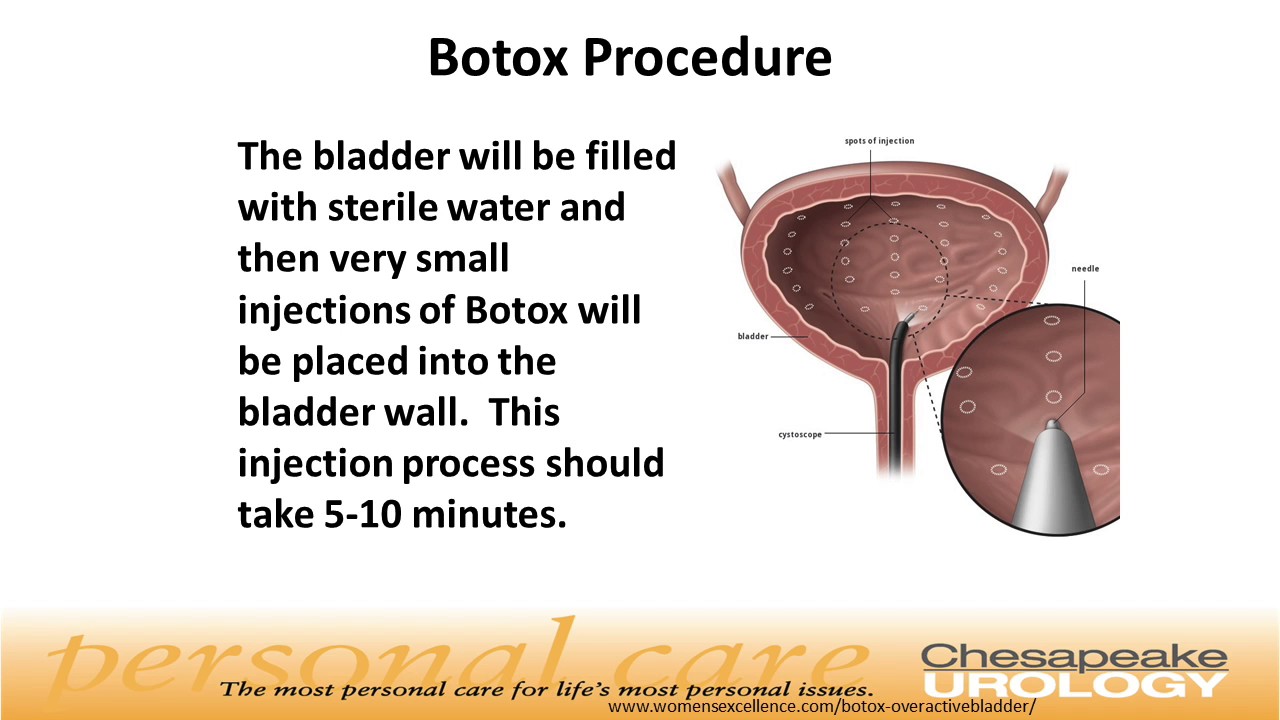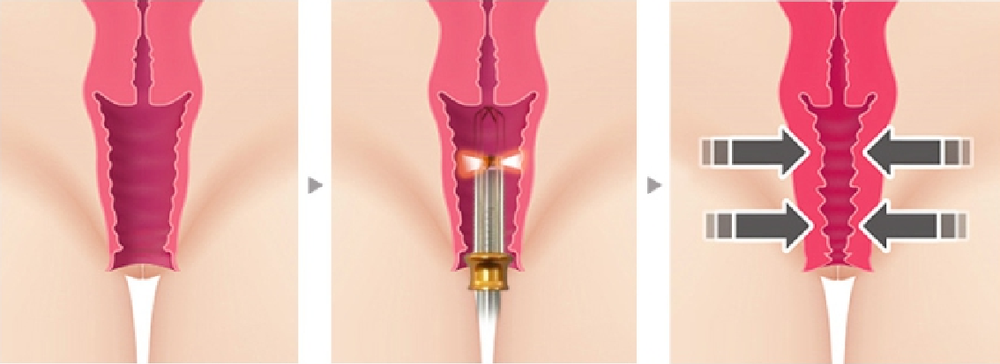
To tighten the neck, a necklift involves making incisions behind/in front of the ears. Its aim is to smooth out the neck but won't produce the same results as a facelift. Continue reading to find out more. People who aren't prone to wrinkles should not undergo this procedure. This is not a good treatment for neck wrinkle-related issues.
Neck lift is an isolated procedure
A neck lift is a surgery that alters the appearance of the neck. It does not involve removing the entire body. This procedure reduces neck fat and makes the neck look sharper. The surgeon may also be able to adjust the position of platysma and remove any excess fat. Depending on your neck tissues, an individual neck lift might also include the placement a chin implants. The procedure involves an incision made behind the ear. The neck is then tightened by pulling the skin behind the earlobes. The procedure generally takes between 12 and 14 days to complete.
Mini-facelift
Mini-facelifts can be a common form of cosmetic surgery. They improve the appearance of the neck and do not require a full facelift. This procedure is common for people between 35-65 years of age. The best candidates for this procedure include healthy people who are not smokers and have no health issues. Mini-facelifts are performed with shorter incisions. The procedure lifts the middle of the face, not the neck or brow.
T-Z Plastomy
T-Zplasty necklift is a relatively novel procedure that combines direct removal of neck skin and excess fat with platysmaplasty. This tightens muscles underneath the skin. A central incision is made on the neck, and Dr. Boynton then removes the excess skin and tightens the underlying neck muscles. With careful suturing, the remaining skin is removed.

Liposuction
A neck lift procedure using liposuction to improve the appearance can improve your neck's appearance without having to undergo a facelift. It usually takes around 30 minutes and is done under local anesthesia. For additional comfort, light intravenous sedation can be used. The procedure is generally painless, and the sutures used to close the small access incisions dissolve on their own. After the procedure, swelling and discoloration should gradually decrease. Patients can wear camouflage make-up, and they can return to normal activities in 3-4 days. Patients are encouraged not to stop exercising or engaging in physical activity immediately after the procedure.